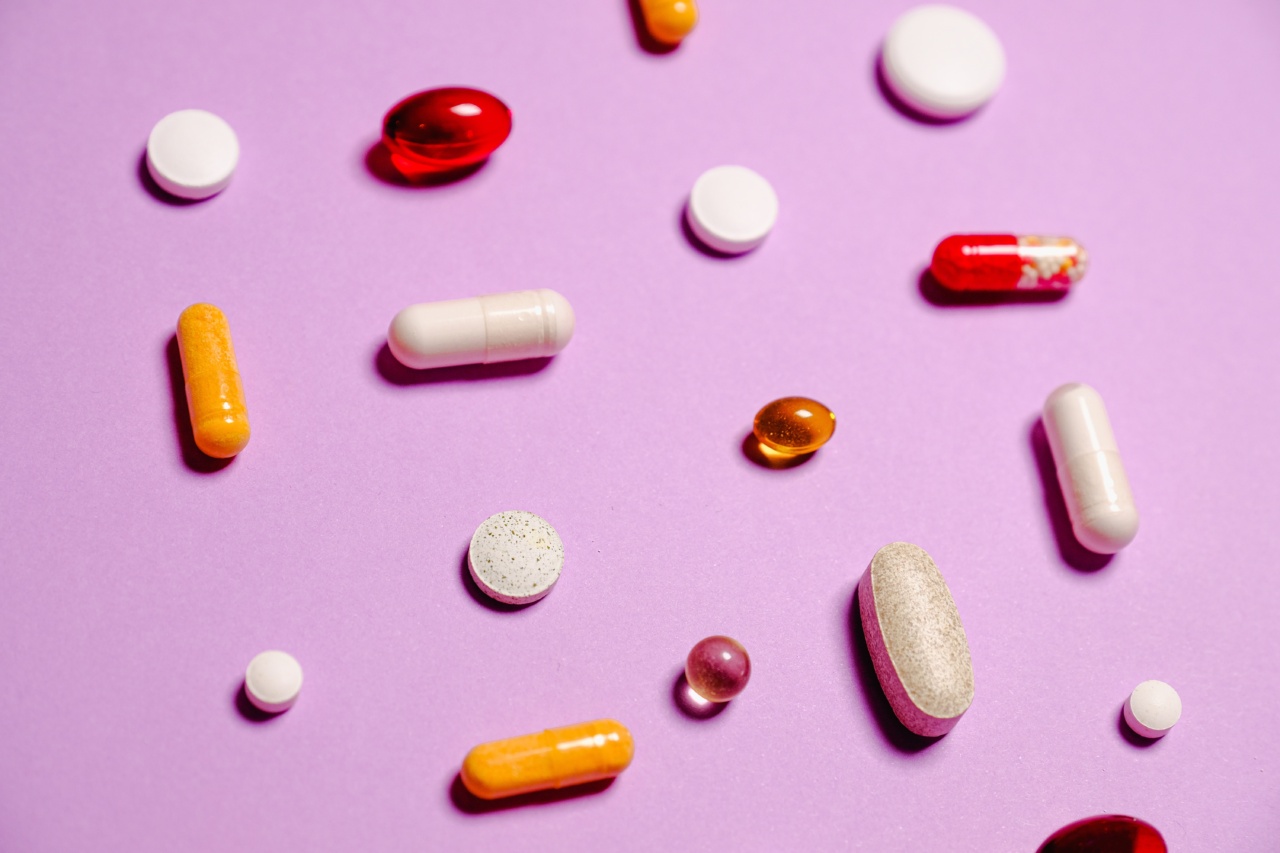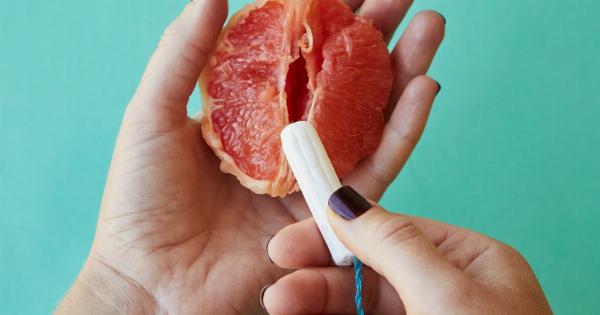Drug addiction and sex addiction are two distinct but interconnected behavioral disorders that can severely impact an individual’s physical, mental, and emotional well-being.
While they may appear as separate conditions on the surface, there exists a correlation between the two, often leading individuals to engage in both simultaneously. Understanding this association is crucial in developing effective treatment approaches and interventions for individuals grappling with these dual addictions.
1. Defining Drug Addiction
Drug addiction, also known as substance use disorder, refers to the compulsive and chronic use of drugs, despite adverse consequences.
It is characterized by the inability to control drug use, cravings, and a negative impact on everyday life, relationships, and overall health.
2. Defining Sex Addiction
Sex addiction, also referred to as hypersexual disorder or compulsive sexual behavior disorder, is an excessive and uncontrollable engagement in sexual activities.
Individuals with sex addiction experience a lack of control over their sexual thoughts, fantasies, and behaviors, often leading to adverse consequences such as relationship difficulties, legal issues, and emotional distress.
3. The Relationship between Drug and Sex Addiction
While drug addiction and sex addiction are separate diagnoses, they often co-occur in individuals. Several factors contribute to the correlation between these two addictions:.
3.1. Dopamine and Pleasure
Both drug use and sexual activities stimulate the release of dopamine, a neurotransmitter associated with pleasure and reward.
Dopamine reinforces the behavior, leading individuals to seek out repetitive drug use and sexual experiences to maintain the pleasurable feelings.
3.2. Escapism and Self-Medication
Individuals struggling with emotional pain, trauma, or mental health issues may turn to both drugs and sex as a way to escape and self-medicate. The temporary relief provided by these behaviors may initially appear as a solution to their problems.
3.3. Sensation Seeking
Sensation-seeking individuals are more prone to engaging in both drug and sex addiction. They seek intense stimulation and excitement, pushing them towards risky behaviors such as substance abuse and hypersexual activities.
3.4. Co-occurring Disorders
Mental health disorders, such as depression, anxiety, or post-traumatic stress disorder (PTSD), commonly co-occur with both drug and sex addiction.
These disorders can exacerbate addictive behaviors and create a cycle where individuals use drugs and engage in sexual activities to cope with their underlying mental health issues.
4. Potential Risks and Consequences
The co-occurrence of drug and sex addiction can lead to various risks and consequences:.
4.1. Increased Substance Abuse
Individuals with sex addiction may use drugs to enhance sexual experiences or lower inhibitions, leading to higher drug consumption and an increased risk of substance abuse.
4.2. Risky Sexual Behaviors
Drug use impairs judgment and decision-making abilities, increasing the likelihood of engaging in unsafe sexual practices and the contraction of sexually transmitted infections (STIs) or unplanned pregnancies.
4.3. Relationship Issues
The compulsive nature of both addictions can strain relationships, leading to trust issues, infidelity, and conflicts. Partners of individuals with these addictions may experience emotional distress, low self-esteem, and a reduced quality of life.
5. Treatment Approaches
Addressing both drug and sex addiction simultaneously is essential for a comprehensive recovery process:.
5.1. Individual Counseling
Psychotherapy, such as cognitive-behavioral therapy (CBT) or dialectical behavior therapy (DBT), can help individuals understand the root causes of their addictions and develop healthier coping strategies.
5.2. Support Groups
Participating in support groups such as Sex Addicts Anonymous (SAA) or Narcotics Anonymous (NA) provides individuals with a safe space to share their experiences, obtain guidance, and build a supportive network.
5.3. Inpatient Rehabilitation
For severe cases, inpatient rehabilitation programs offer intensive treatment, medically supervised detoxification, and a structured environment to break free from addictive behaviors.
6. Conclusion
Drug addiction and sex addiction often go hand in hand, with various factors contributing to their correlation.
Understanding the relationship between these two behavioral disorders can guide the development of effective treatment strategies that address both addictions simultaneously. With proper support, individuals can embark on a journey towards recovery and regain control over their lives.

























